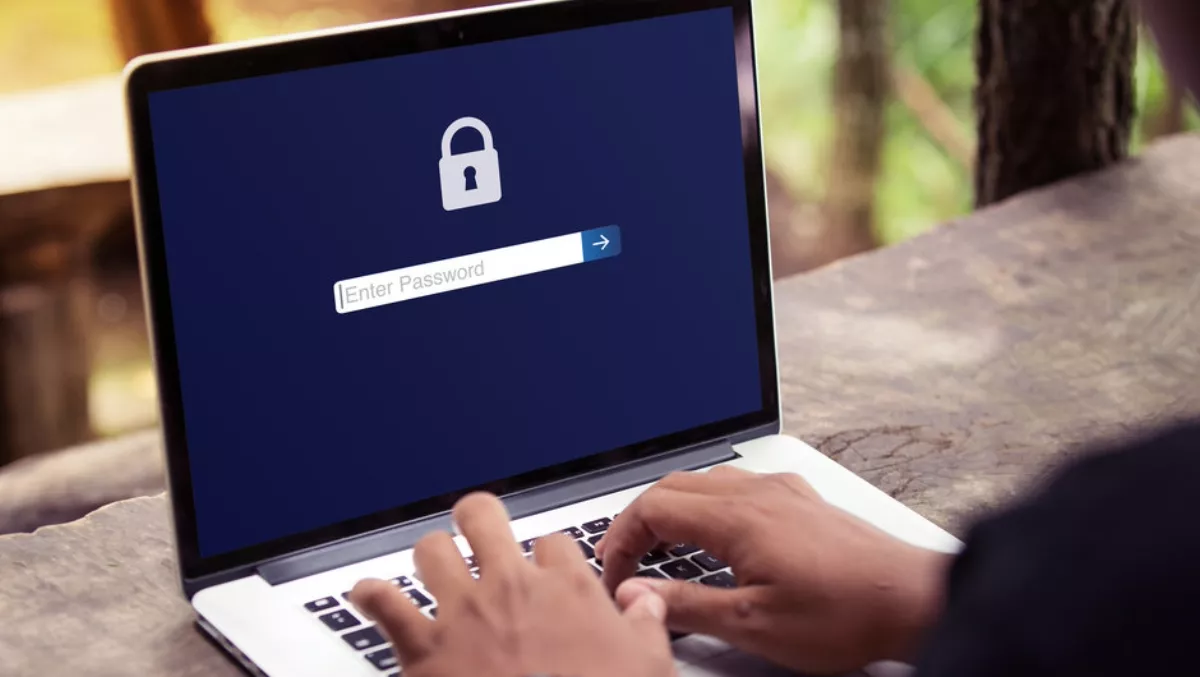
Password management solution provider LastPass today released the first annual 2018 Global Password Security Report revealing password behaviours in the workplace and creating a benchmark that businesses can use to measure progress when investing in password security tools.
The global report, which analysed anonymised data in over 43,000 companies of all sizes, industries, and geographies using LastPass as their business password manager, draws a precise picture of password management for the business IT community.
Two benchmark scores are highlighted in the report: The LastPass Security Score and the LastPass Password Strength Score.
Data from the report reveals that while businesses are making strides in strengthening password security, there's more work to be done –with the average password security score of organisations found to be 52 out of 100.
IDC security products research vice president Frank Dickson says, “Security professionals often fail to consider the value of the first factor of enterprise authentication— the password.
“Despite the sophisticated security measures enterprises are putting in place, something as fundamentally simple as a password is tripping them up.
“Having a security benchmark will help enterprises quantify their password risk, compare how they stack up to enterprises of similar size and gauge the effectiveness of their enterprise password management deployment.
Additional key findings include:
The technology industry is leading the pack in password security
The highest average security scores are in the Technology industry (53). This is not surprising due to the privacy and data laws companies need to comply with. What is surprising is that heavily-regulated industries like Banking, Health, Insurance and Government are not achieving comparable (or even superior) average Security Scores:
- Banking: 49
- Health: 49
- Insurance: 47
- Retail: 48
- Government: 49
Multi-factor authentication is gaining in popularity
As concerns about password security grow, multi-factor authentication is an increasingly favoured way to protect an organisation. 45% of businesses use multi-factor authentication, which represents a significant increase from last year's 24.5%. Again, the Technology sector leads the pack with 31% adopting multi-factor authentication. Whether it's a greater awareness of available options or a stronger culture of security, organisations in the Technology sector are prioritising extra protection.
- Banking: 16%
- Health: 3%
- Insurance: 3%
- Retail: 13%
- Government: 2%
The bigger the company, the lower the security score on average
Organisations with less than 25 employees had the highest average security score of 50, and the average drops as the company size increases. More employees bring more passwords and unsanctioned apps, as well as extra opportunities for dangerous password behaviours. In larger organisations, it's simply more challenging for IT to hold all employees to password security standards.
Investing in an enterprise password management tool is moving the needle
Within the first year of investing in a password management tool, such as LastPass, a business gains nearly 15 security points. This represents a significant improvement in the company's security posture over time and is a tangible metric to validate the investment.
Password sharing is prevalent in the workplace On average, the report data shows that any given employee now shares six passwords with coworkers. As teams become more distributed and technology-dependent, the ability to protect, track and audit shared passwords is more important than ever.
LogMeIn chief information security officer Gerald Beuchelt, “Passwords continue to be a challenge to cybersecurity in the workplace, and attacks continue to grow in number and complexity every year.
“Despite these threats, businesses have struggled to quantify their own level of password risk.
“This report offers fellow information security managers a tool to compare their own company's password scores with a large sample of peers and competitors,” says Beuchelt.
“In turn, security departments are now better equipped to identify the gaps in their security program and measure progress when investing in password security.